Ladders, Ropes, Mechanical Devices Separate You From True Wilderness: Jost Kobusch About Winter Everest
Dream WanderlustPhotographs: Jost Kobusch and Daniel Hug
Category: Expedition, Climbing, Interview
Date of Publication: Apr 26 , 2020
27-yead-old Jost Kobusch, the German alpinist, is now at a recuperative stage after his intense effort to achieve the unachieved - an Oxygen-less Winter Summit on Everest. While reviving his prowess back, he sat down with Dream Wanderlust for a cordial duologue.
Similar to our previous exchanges, this time too, he was caught canvassing for his zeal for extreme alpinism. "I'm just a kid in the biggest playground of the world. Yes. It does, sometimes, involve risks. It definitely involves discomfort. These elements really make you appreciate what you take for granted in your normal life," said he.
Broaching the subject of repetitive tourist-climbing, he mentions how that, fortunately, leaves him in solace for Winter wilderness like it was for last few months. "The ladders, the ropes, the mechanical devices - I think all of that separate you from experiencing true wilderness," says Jost. In addition, not only does he repel the repetitive climbing tourism, but also, appraises solo-ing as a wellspring of meditative journey into inner self.
The young alpinist chose the West Ridge (starting from Lho La, a little Col) over other much-exploited routes that has a very technical key passage of grade 6b. He also touched upon how he has been monitoring his health data, taken up above the mountains and analysing it for a better outcome next time. As most of the Everest aspirants, be it in Spring or Winter, take up the normal route, or seldom the Chinese one, Jost decided to set his sight on the rarely-approached West Ridge and Hornbein Corridor which had never been done before in Winter, according to his own research. "I enjoy the wilderness - the untouched terrain. Everest is basically about the discovery," he recollects. And that, he considers, to be the most indispensable facet of his Everest endeavour, alongside reaching personal goals and achieving contentment through minimalist approach.
The full conversation down below, is recorded on 7th March, 2020.
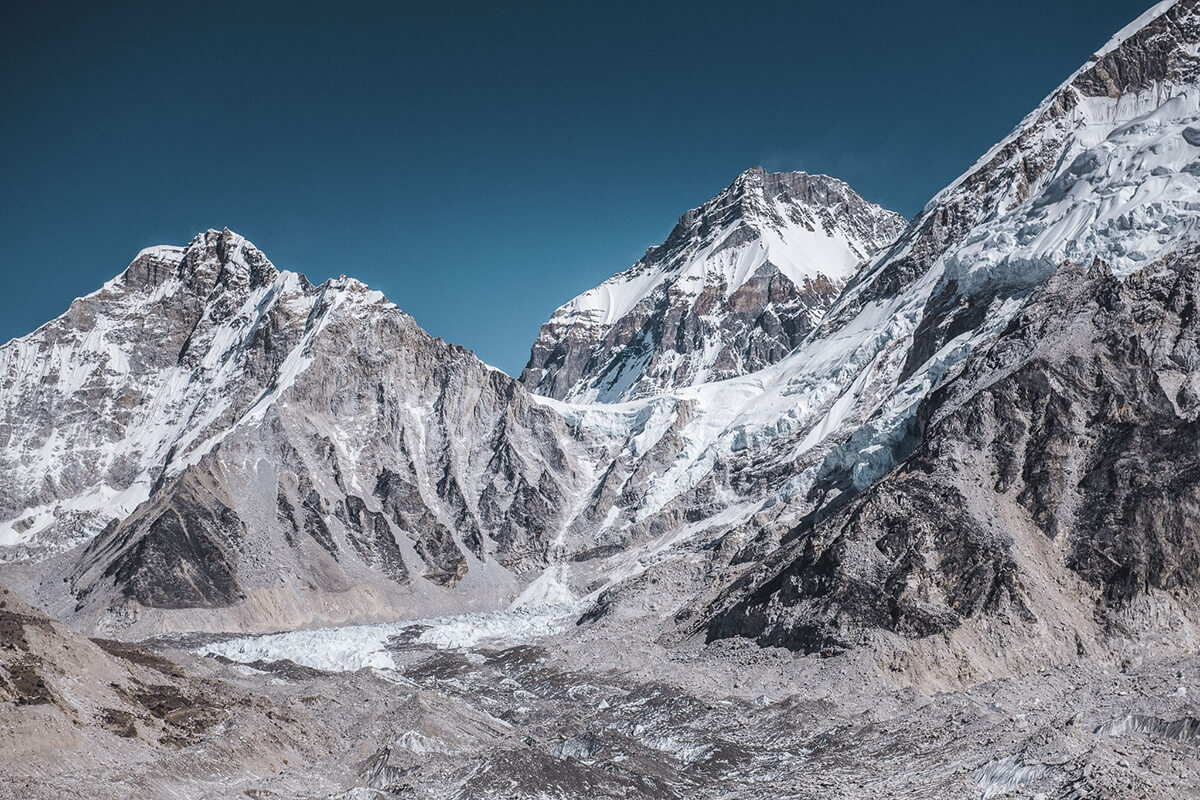
Everest Base Camp - Photo Courtesy: Daniel Hug
Interview with Jost Kobusch
DW: Congratulations Jost for the completion of this series of expeditions in Nepal. You made some significant contributions to explore newlines.
Jost: For me, alpinism is a journey into the unknown. It's about exploration. It's about being curious. It's about enhancing your personal map of the world. That's what I was able to do on these expeditions. I'm very grateful for all the experiences I have had so far. It was really an amazing journey.
DW: How would you describe this journey?
Jost: I'm just a kid in the biggest playground of the world. Yes. It does, sometimes, involve risks. It definitely involves discomfort. When you're uncomfortable, you suffer. These elements really make you appreciate what you take for granted in your normal life, our daily life. For me, that's a very important part of my life, of my expeditions that I feel grateful for it, later on.
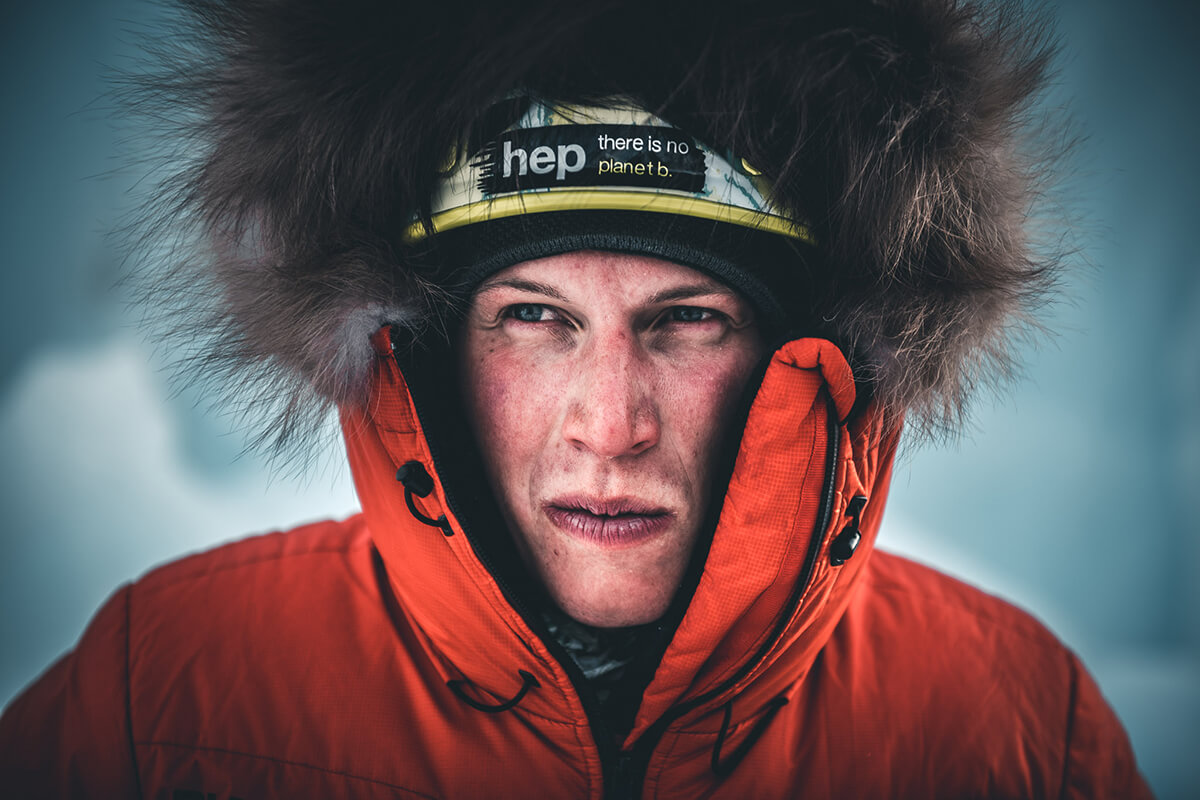
Jost Kobusch - Photo Courtesy: Daniel Hug
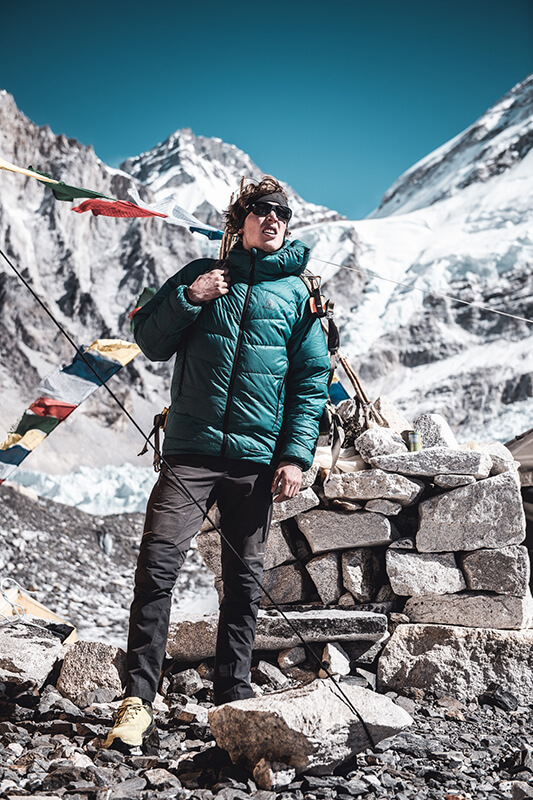
Jost Kobusch at the Base Camp - Photo Courtesy: Daniel Hug
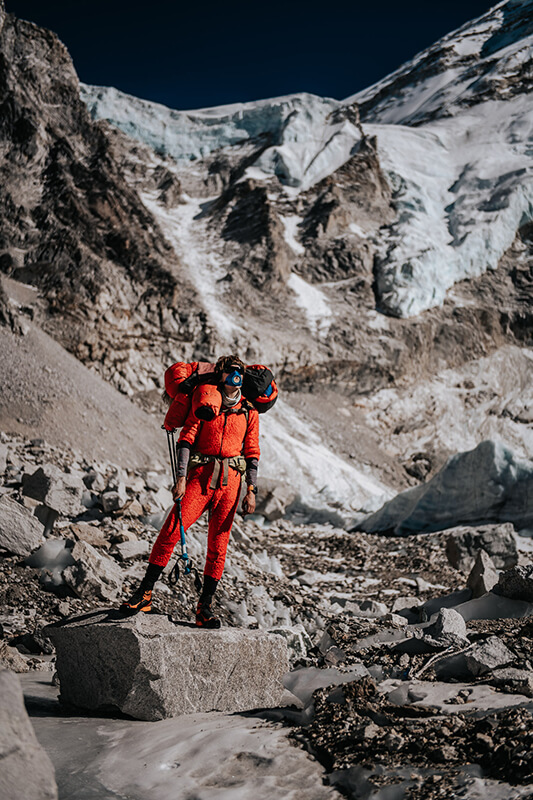
On the way towards Lho La - Photo Courtesy: Daniel Hug
DW: Coming to the Everest, as you described earlier, "It is a difficult thing to climb in Winter and that attracts me." Now that it's over, how difficult do you think was it for you?
Jost: I would say that difficulty, just like risk, is totally subjective. So, yeah. It was hard. Surely, one of the hardest things I've done so far. It was hell hard. I don't know! I think this can still get harder, you know. And that's what I like about it. All new grades. You have no limitations. You can always go harder. I like the development of it.
DW: Why West Ridge? What was so special about that route?
Jost: West Ridge, according to my knowledge, hasn't been attempted in last 25 years. It's a very technical route. It holds a lot of difficulties. But also, in my opinion, it holds scopes for a lot of adventure in solo mountaineering. You don't have to cross the Khumbu Icefall which I think, is crazy! A crazy thing to do solo! Also, once you're in the upper part of it, you're quite protected. On the crucial part, I anticipated that it would be much better than the normal route. Especially, during windy Winter times. So strategically, I felt this would be the best option for a solo attempt in Winter. It's super wild. I enjoy the wilderness - the untouched terrain. Everest is basically about the discovery.
DW: Tell us briefly about your plans (A,B, and C). How did you execute that?
Jost: There is no such thing as Plan A, B, C, you know. Plan B only distracts from Plan A. My plans usually have a certain amount of flexibility. You can do all those that you want. Some are likely to produce better results in long term, addressing to the move of the opponent. The possibilities for achieving a long-term goal is increasing. So, that's what I do. I did have a rough plan. I've had a tons of information of all the previous expeditions. I checked historical facts and figures. It was always on plan. If you have a plan B, and a plan C, you're always thinking about other plans. That's not really helping you in the plan A, you know!
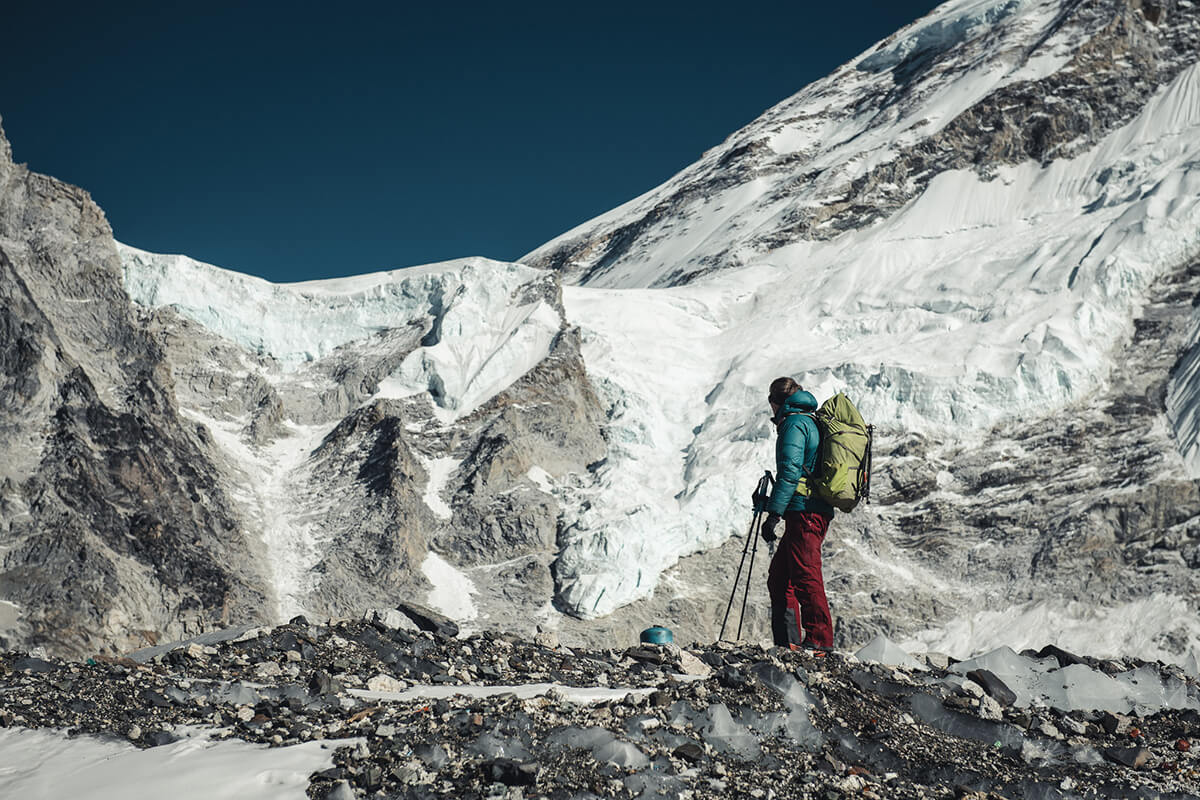
Jost approaching to the bottom of the route that leads up to Lho La - Photo Courtesy: Daniel Hug
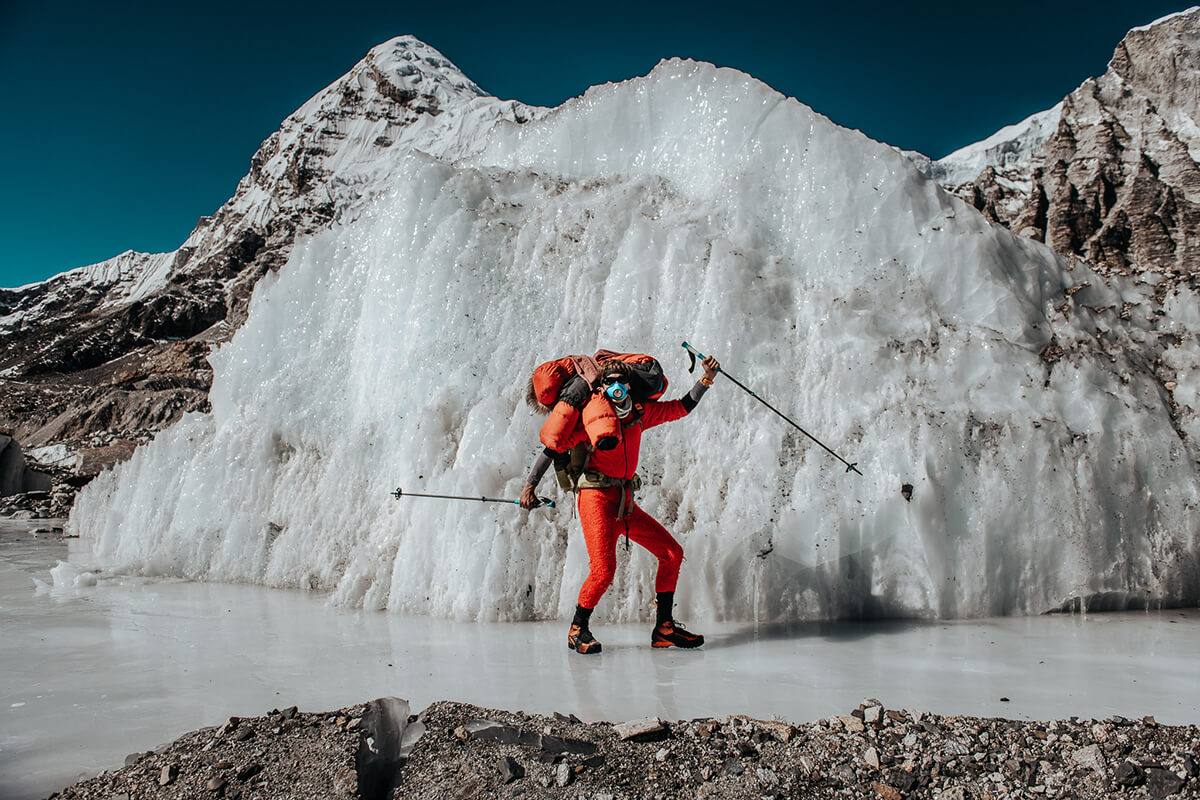
Jost approaching to the bottom of the route that leads up to Lho La - Photo Courtesy: Daniel Hug
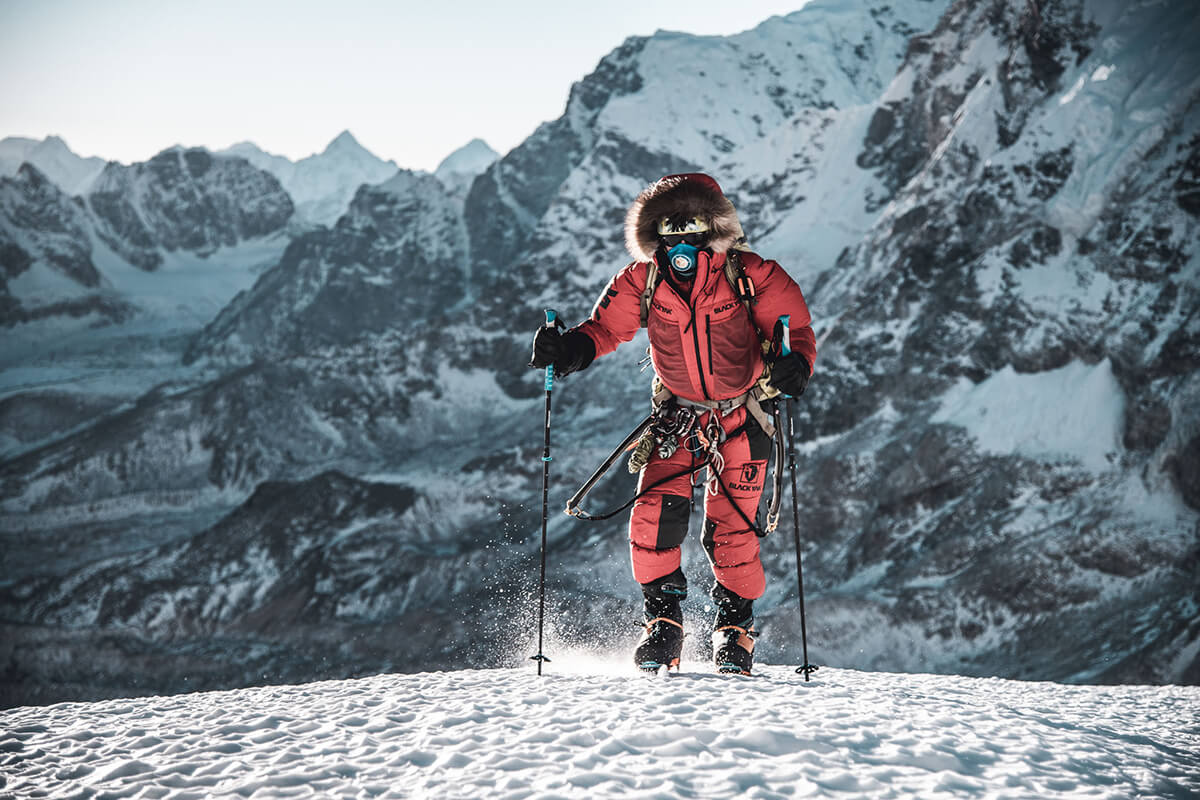
Jost at Lho La - Photo Courtesy: Daniel Hug
DW: You were in Nepal probably since October for acclimatisation. Even After that, you kept on having to deal with weather issues. So, next time onward, will you consider lesser time for acclimatisation like others?
Jost: I did Hematocrit measurements. So, it measures the amount of red blood cells in my body. And based on my results, I will shorten the time of acclimatisation on my next expeditions by, I guess, about a month, or a month and a half, and probably still have the same results. That's what I'm going to figure out in my next measurements. It's also about getting to know how my biochemistry works in the higher altitude. Therefore, I'm monitoring a lot. My Hematocrit was on a very high level during the expedition. But it's not always about the biochemical adjustments. There must be some psychological elements too. Especially, where you need to get to the elements of subconscious breathing and other stuff during sleep, specially in higher altitude. I still believe that you need to be able to reach 7500-8000m and spend a night there, then go down and recover before you really make a final push.
DW: You (and also Alex) reached up to 7400m approx. Why was it difficult to cross beyond that?
Jost: Based on my information, Alex's team reached around 7000m. At least, that's what Alex told me and I reached 7350m. Actually, I'm a little bit proud that, based on my minimalistic approach, I was able to reach a higher altitude than of such a big team, with ropes, ladders, Sherpas, oxygens, and support-crew. I didn't expect that, to be honest, you know. I started the expedition with a different mental state. Comparison takes the joy out of everything. So, let's not compare yourself to the big team and lot of resources. You do your thing and they do theirs which is completely different. Then, once the expedition was over, I thought, wait a minute (!), I actually reached a higher altitude. Then I was like, "Ah! Now you can compare!" It was quite surprising for me. It's just a tiny detail that gives me a good assessment of my personal skill.
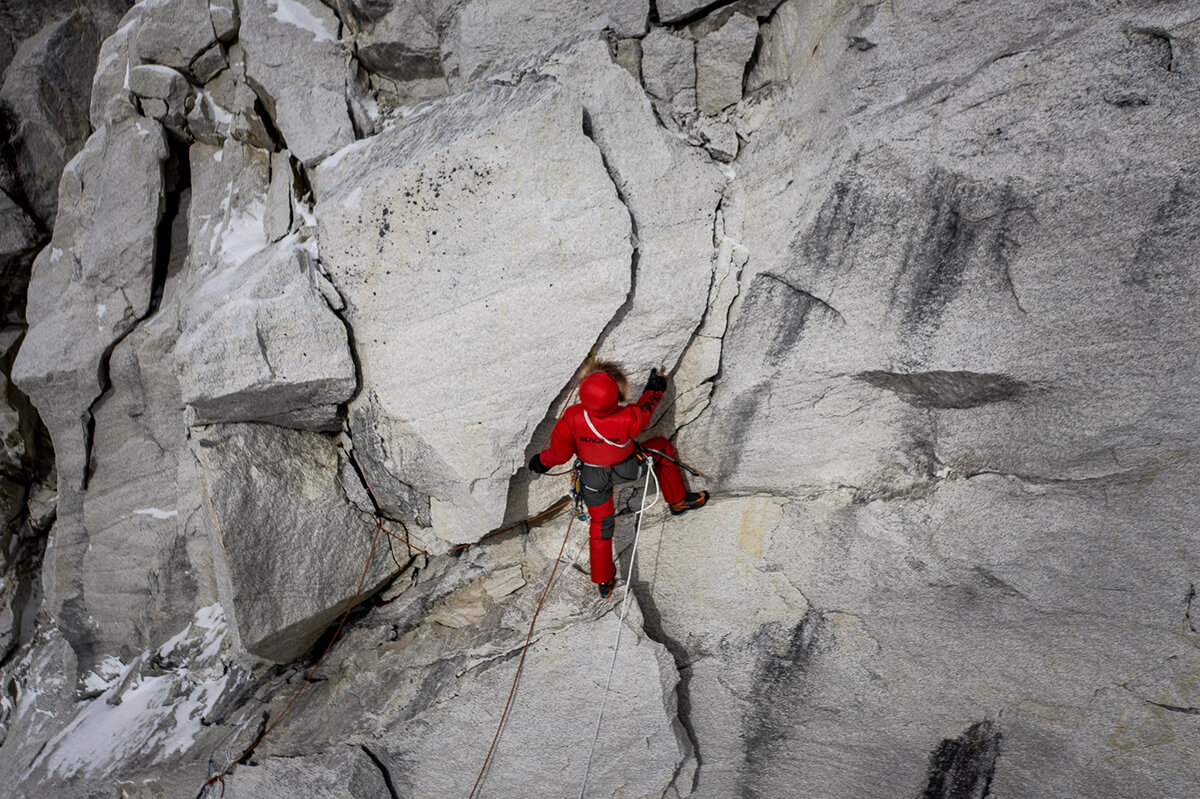
Climbing up to Lho La - Photo Courtesy: Daniel Hug
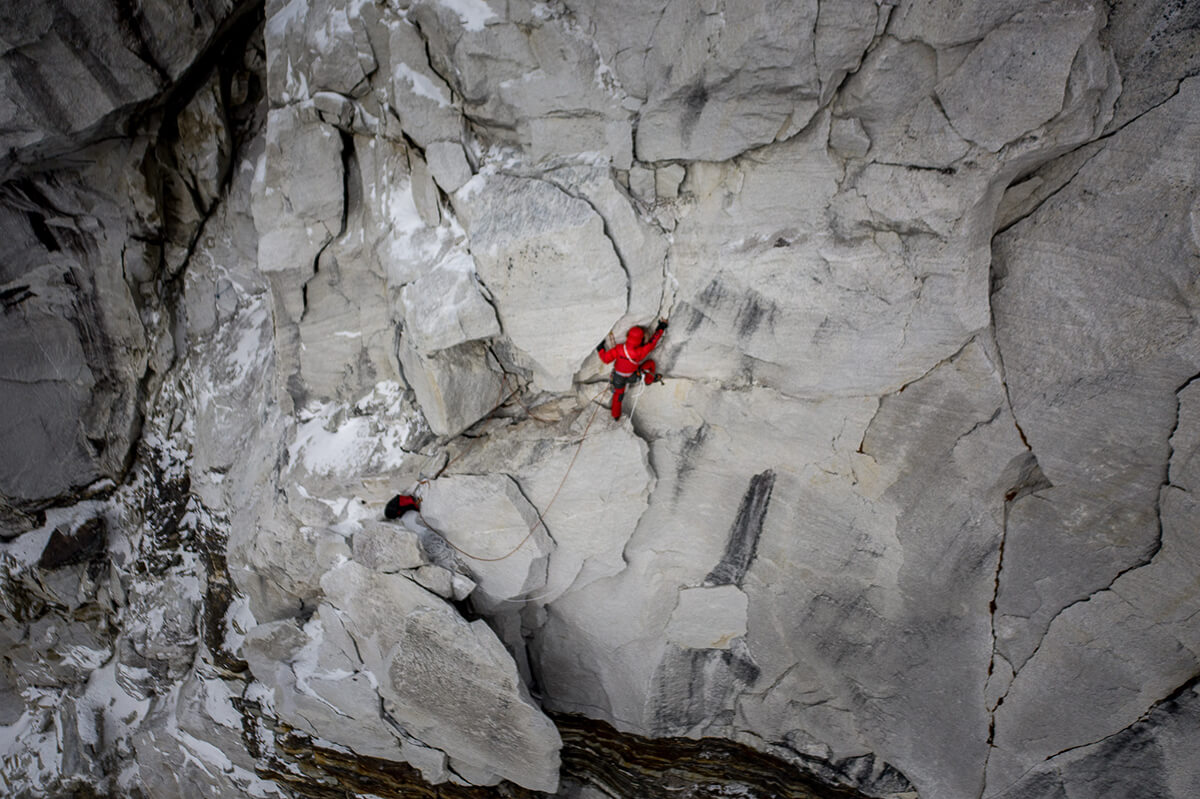
Climbing up to Lho La - Photo Courtesy: Daniel Hug
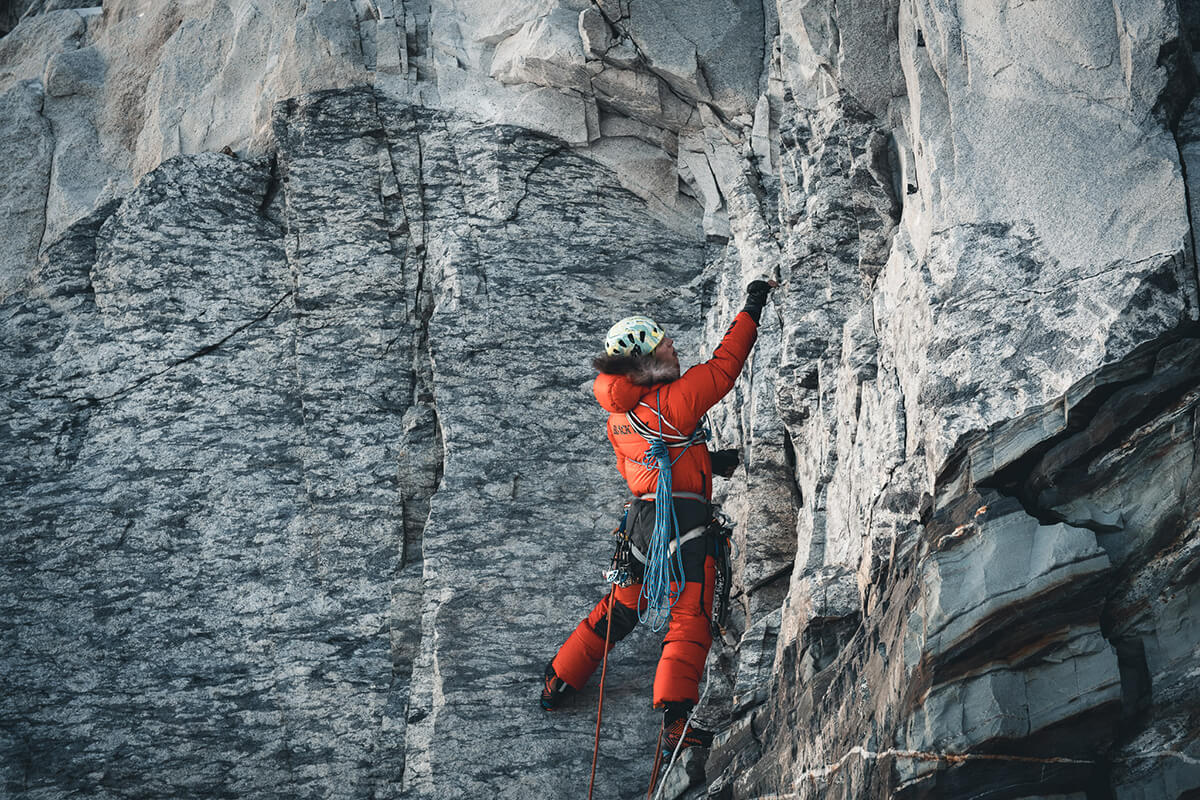
Climbing up to Lho La - Photo Courtesy: Daniel Hug
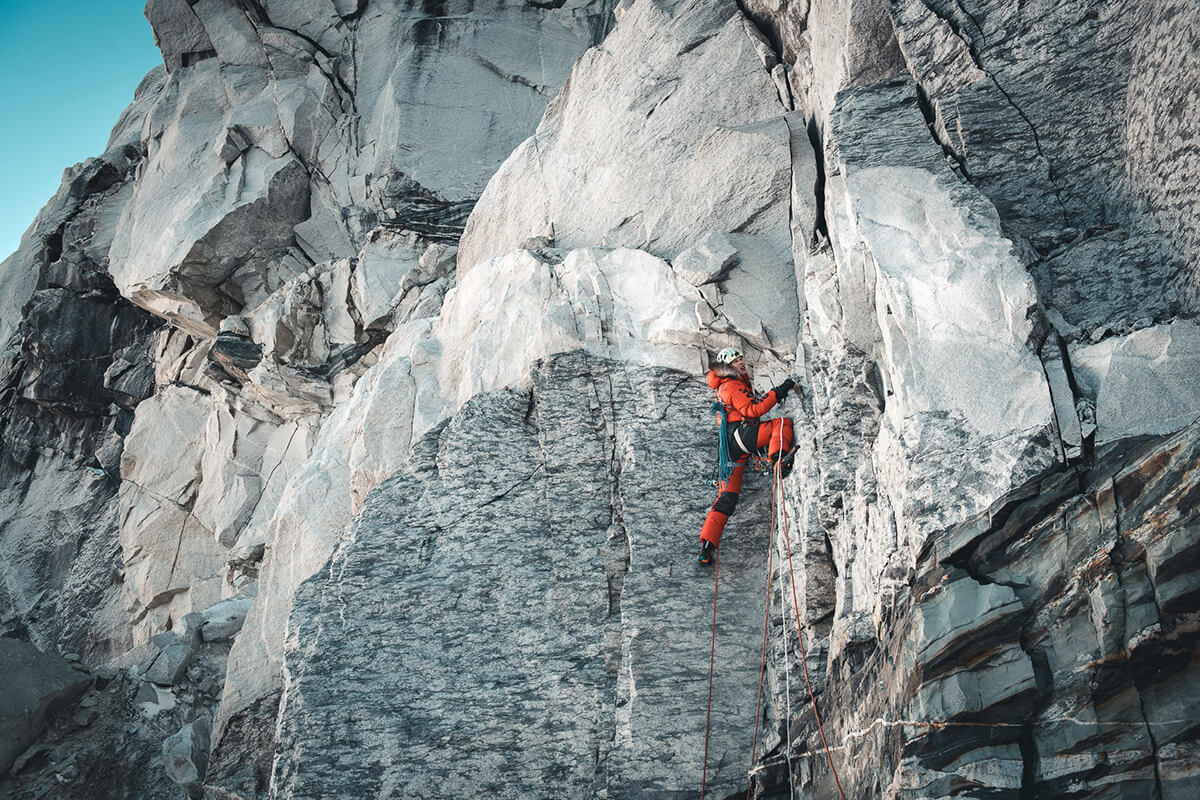
Climbing up to Lho La - Photo Courtesy: Daniel Hug
DW: Instead of no summit, how satisfied are you with your progress, given that the weather changed so drastically in every few alternative days?
Jost: For me, the goal was to reach 7200m. By that means, it was a training expedition. So, I reached my personal goal on this expedition and I'm very grateful and happy about it. I have learnt a lot. This knowledge will be the base for my next expedition, with higher chances of success.
DW: What are the positive take-aways of this Everest Winter expedition?
Jost: The expedition definitely showed me, "Hey, you can do this. It is possible. Go for it! Do your own work and train to recover from this expedition." Because, you know, I've spent a lot of time in the Base Camp on the mountain.
DW: Will you again come to Everest next year?
Jost: I will come back here in the Winter again in 2021. So, stay tuned till then. I have some polar Winter climbing in Alaska coming up. That will give me different inputs. I will learn a lot but the temperature is going to be much colder than Everest. I will come back with the knowledge and have a fresh approach.
DW: How does it feel to climb Everest, without having been stuck to traffic jam?
Jost: Basically, I'm somebody who seeks and enjoys wilderness. So, it's very pure and untouched. To be honest, it's completely a different world from the period of traffic jams and extreme tourism. You know it's an environment where there is nothing like phone and WiFi networks. There is some 3G connection sometimes. Mostly, the space is empty and you feel the space. It's very meditative and really a journey into yourself.
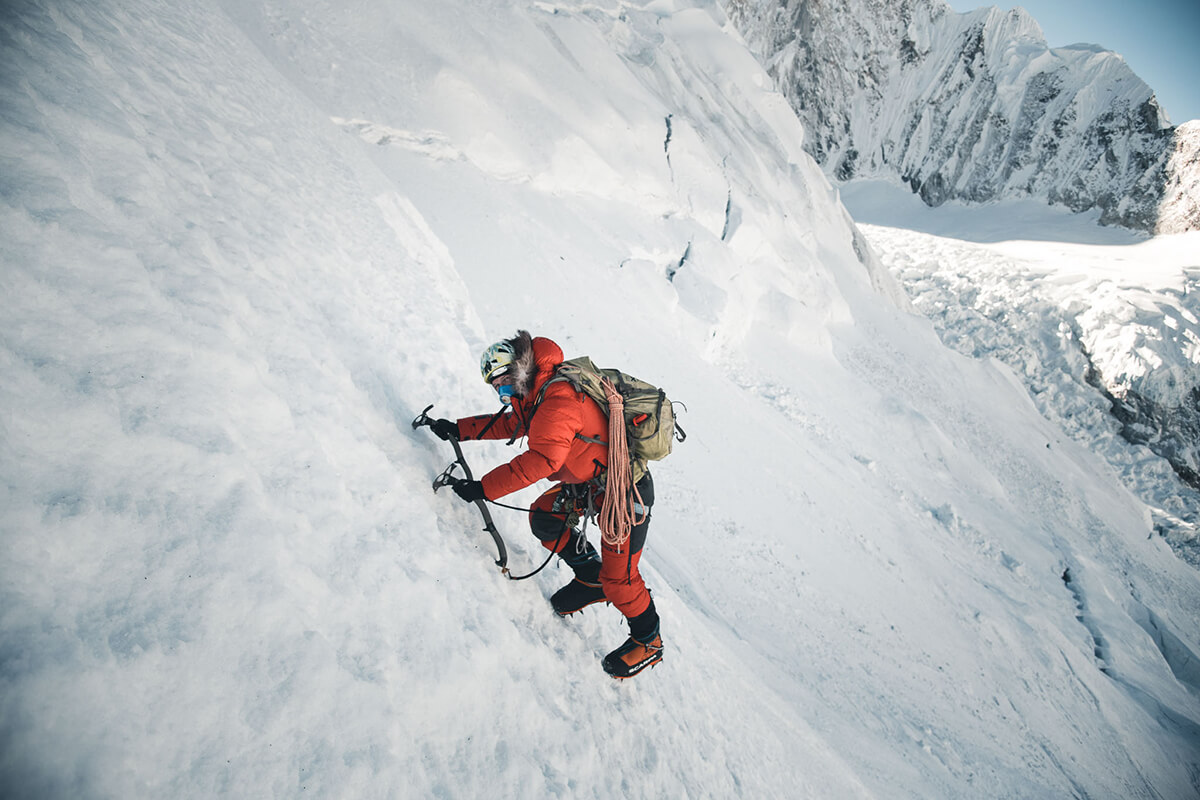
Climbing up towards the West Ridge - Photo Courtesy: Daniel Hug
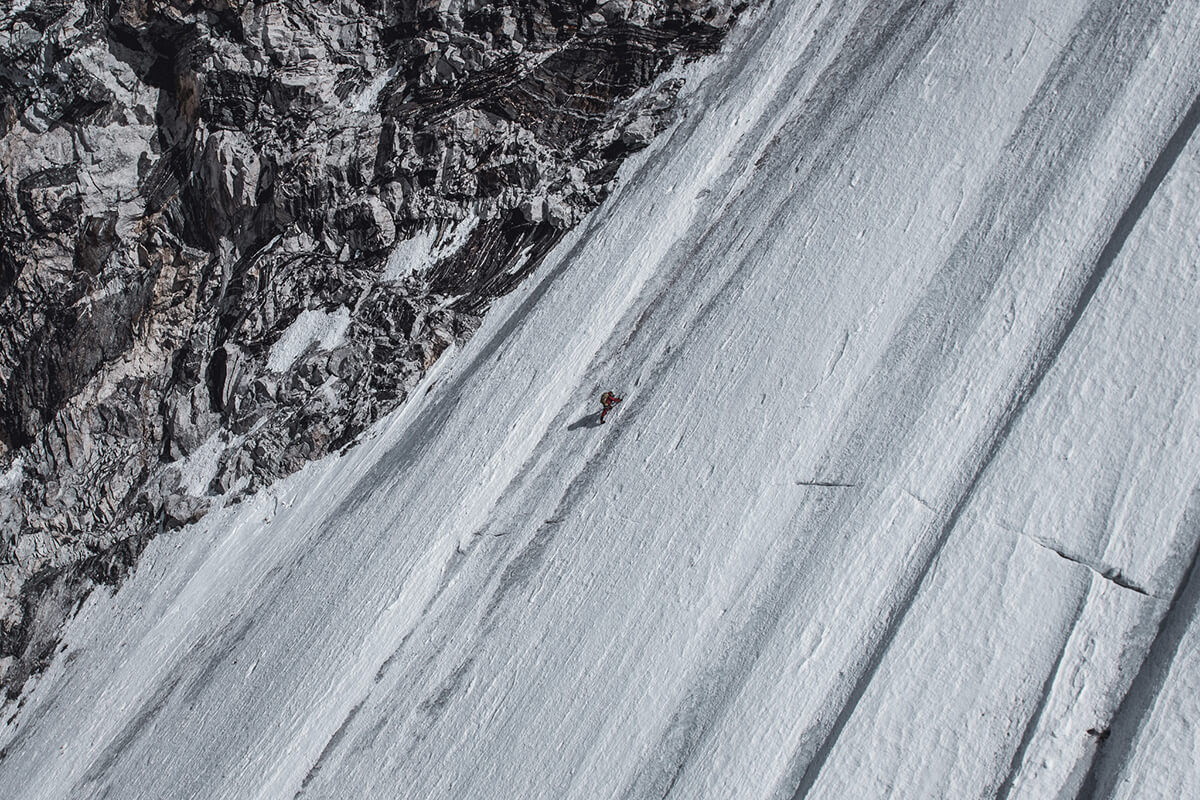
Climbing up towards the West Ridge - Photo Courtesy: Daniel Hug
DW: Since it's almost the beginning of Spring season, a lot of tourist climbers will come to Everest with agency support. That means porters and oxygen. Why do you think that's cheating (as written on your website)?
Jost: I think using porters and ropes, and all that supports, prepared by other people, is cheating - if you see it as a sport. Here, you'll have to distinguish between things. I think, most people come here for tourism. For them, it's really important to visit the place and be on top. They seek a completely different kind of experience than I do. For me, it's about what a human body is capable of doing. For me, it's a process of discovery. For them, it's a process of repetition, a process of doing something that's been done before. I still have respect for everyone who climbs Everest with oxygen. It's still really hard. It's just nothing that appeals to me anyway. The ladders, the ropes, the mechanical devices - I think all of that separates you from experiencing true wilderness. I always look out for this wilderness.
DW: What message do you want to pass on to the Spring climbers (in the view of Environment, Exploration, and Climbing)?
Jost: My message to all the Everest Spring climbers is: enjoy and have a fantastic expedition! All the best and be safe. I hope you don't get stuck in a traffic jam. Also, keep climbing Everest and other mountains in Spring since that's the main season so that there's more exploration left for me in the Winter season. Don't start Winter expeditions and explorations. 😀 I still want to go back into the wilderness! Just follow what everyone's been doing so that there's enough untouched terrains left for me to explore! 😀
DW: You are yet to have any significant presence in the Karakorum. Do you think that the Karakorum can be your next destination to explore?
Jost: I think that the Karakorum will become the future playground. Nepal is heavily adjusted to the tourism and Pakistan is still more wild and untouched. I think it will become a new playground soon but I do have projects in the USA. I would like to finish them before going to Pakistan. Because I am afraid of complicating my visa issues.
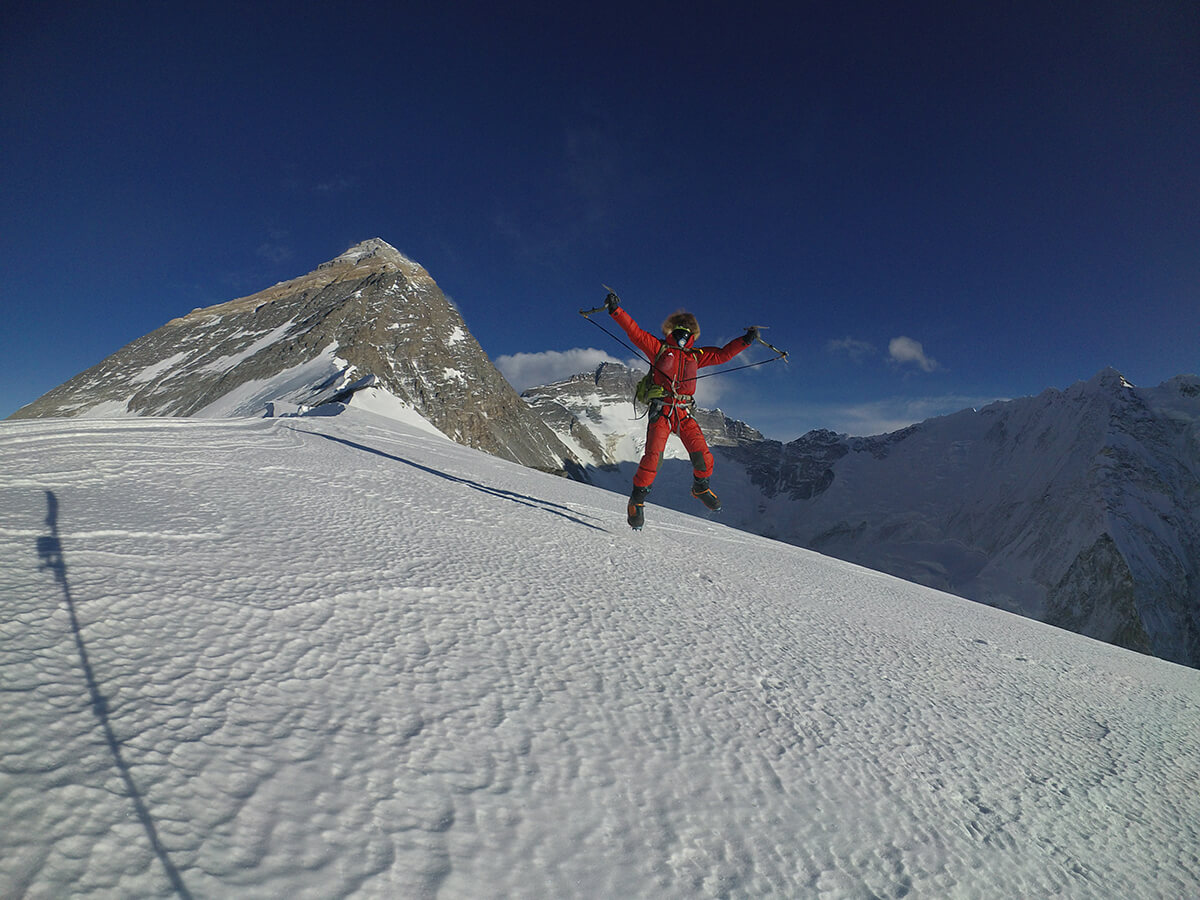
At the West Ridge - Photo Courtesy: Jost Kobusch
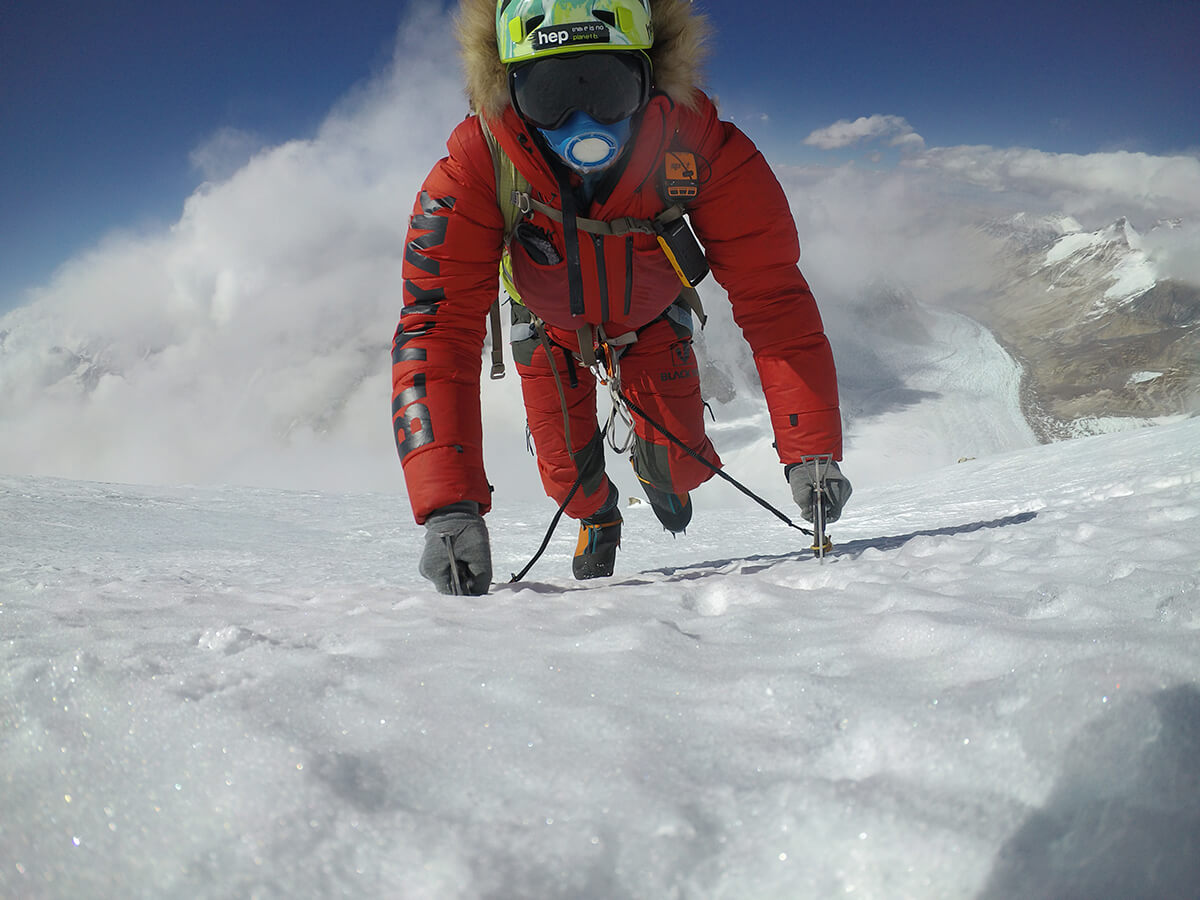
At the West Ridge - Photo Courtesy: Jost Kobusch
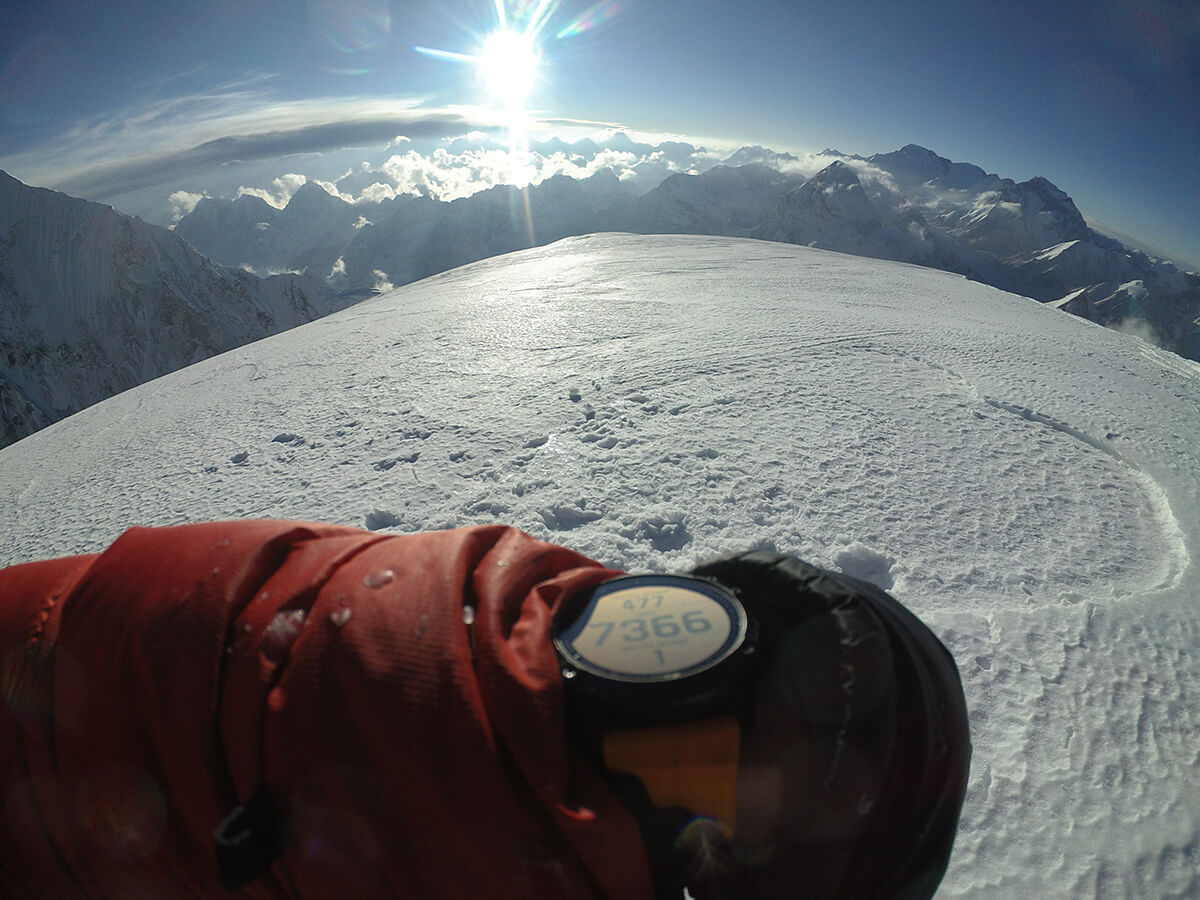
At the West Ridge pointing the highest point reached (7366m) - Photo Courtesy: Jost Kobusch
DW: Quoting you, "There is an immediate satisfaction that you have done something. And you look forward to coming home." You also said that the expedition starts when you start thinking of it. In that sense, is this expedition over? Or how satisfactory was it? How would you describe it?
Jost: The expedition has only just begun. The process has started. Now I'm analysing my experience, my data. I'm adjusting my training procedure. Because, look, this is a project that might last four years or longer and that's really exciting.
DW: You always believed that solo-ing is the purest form of alpinism. Do you have more solo plans on other 8000ers?
Jost: I have more plans than I can do right now. There is one major plan I'm focusing on. Once that plan is settled, I'll think about other things. But all my energy is going into this right now. And I think it's required, you know. It's a huge project. So yeah, the focus is there. Let's see what happens.
DW: Thank you for the interview. It was great talking to you. I must say, you have always been very philosophical while talking about your expeditions. It seems to be spiritual for you. Do you think there's a connection between Curiosity (that's what you describe often about your expeditions) and Spirituality?
Jost: I guess the mountains are my mosque, my temple, and my church. Basically, it's a place where I feel most spiritual. It's a place where I go to work. It's a place where I go to relax. No environment will challenge me more than the mountains. They are a big part of my life.
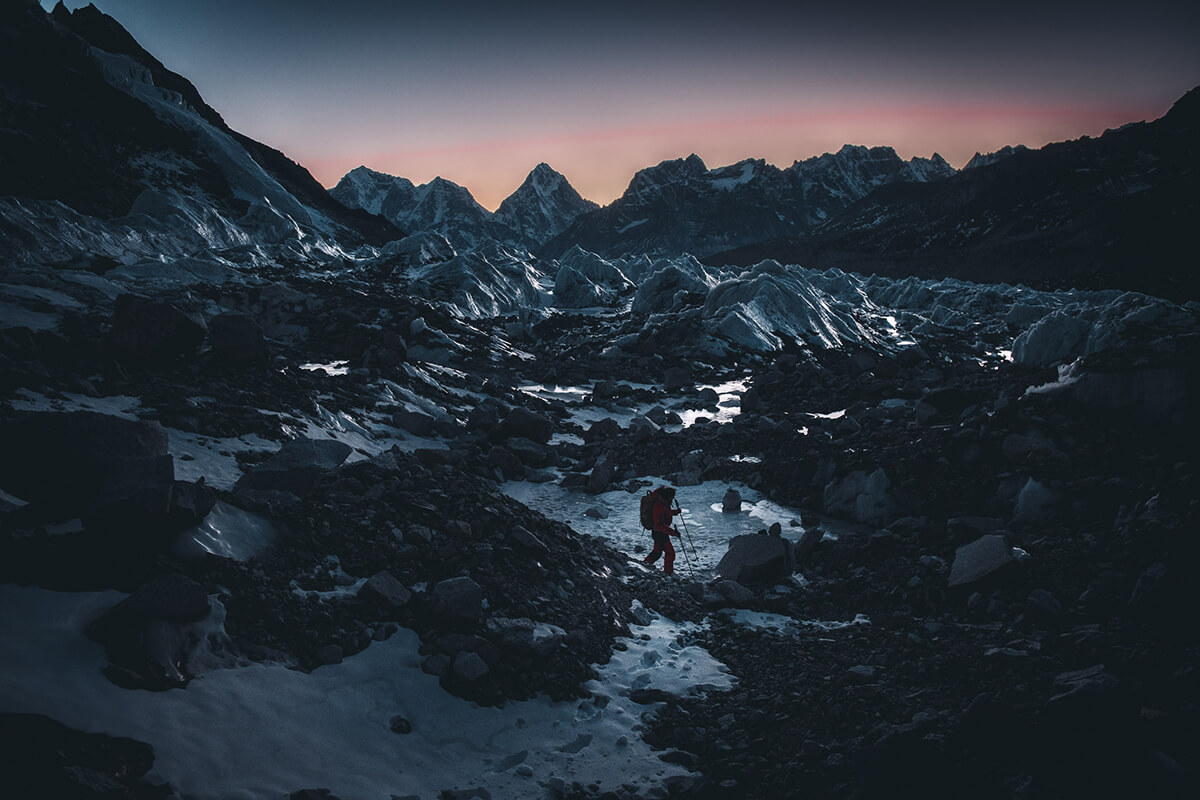
Jost approaching to the bottom of the route that leads up to Lho La from the Base Camp - Photo Courtesy: Daniel Hug
Related Articles
Place your ad here. Call +919163231788 or Contact Us









